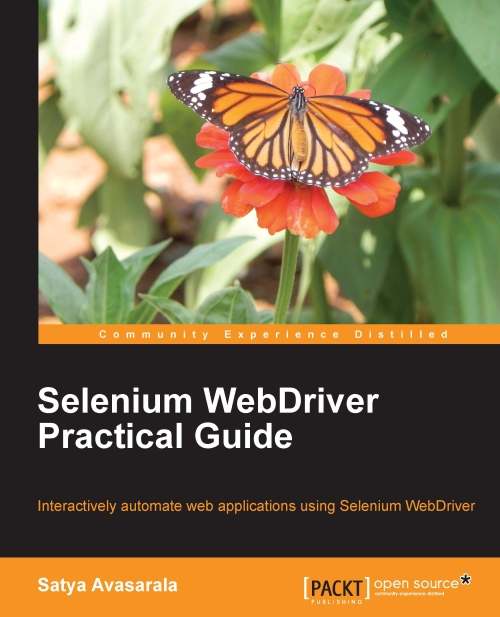
Li An Kwan
1 Year Ago

One of the biggest challenges in working with open source software is finding good documentation on their usage and functionalities. Selenium, unfortunately, is not exempt from lacking high quality resources. It is true that everything can be found on the Internet, but it is also true that not everything on the Internet is of good, accurate quality. A simple glance at all the official or officially connected documentations reveals that they are poorly organized, illogically written, and ultimately unsympathetic for new testers. To get something in Selenium working in the first place, a tester will likely need to scour online blogs and forums for days before knowing the proper steps and best practices.
Books as a Solution
To alleviate the pain of searching endlessly online for proper documentation, books have been published to collect most of the Selenium knowledge in a condensed form. But be warned, not all books are created equal. Some of the books suffer from the same problems as the official documentation. It is unfortunate that many programmers are just bad writers who are lacking in didactic expertise. Often, the books in the marketplace are not very beginner-friendly. Some are illogically organized with no defined goals and the codes provided are snippets which do not work most of the time when used. Not to mention that there are numerous assumptions that are poorly placed everywhere. Sometimes the user can follow all the steps and still end up with junk since the author absentmindedly decides to conveniently leave a couple of steps out and the publisher does a poor job of reviewing the quality of the work.
The Newly Published Selenium WebDriver Practical Guide
Fortunately, a new book on the market is here to give beginning testers their deserved salvation. The newly published Selenium WebDriver Practical Guide by Satya Avasarala is a welcomed addition to the Selenium community. This is a book that is well-structured and contains well-targeted goals. The instructions to achieve each task are in a step-by-step format, with enough illustrations and screenshots for the reader to make sure that he or she is doing the right thing.
One of the best features of the book is that it comes with working sample Selenium scripts that the user can actually run. Working with complete codes is really the best way to learn Selenium, where the tester get familiar with basic setup and techniques, and eventually combines everything in more advanced tests. Running actual code also helps verify that the environment is set up correctly. For new users, this is especially helpful because setting up the environment and running tests for the first time can be surprisingly challenging.
Selenium WebDriver Practical Guide provides a great medium to start learning various basic Selenium APIs if the tester already have a basic knowledge of Core Java. I only wish the book included discussions on possible integration techniques for Selenium, such as with Maven or TestNG. Nonetheless, this is the best up-to-date guide for beginning automated testers in the current marketplace.




